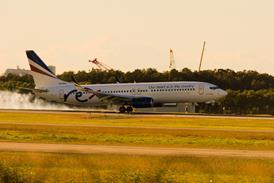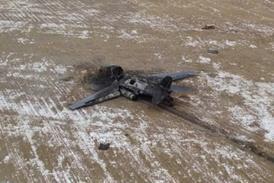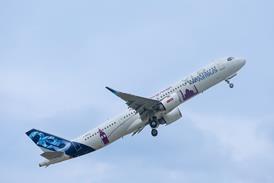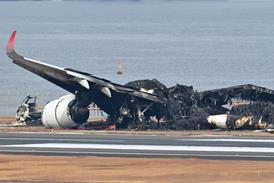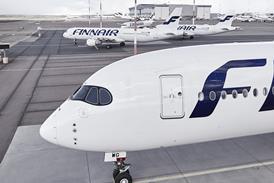Uncommanded engine acceleration and the risk of engine shutdown has prompted an emergency airworthiness directive (AD) requiring a software upgrade for the CFM International CFM56-7B engine's electronic engine control (EEC), says the US Federal Aviation Administration. The engines are fitted to the Next Generation Boeing 737 family. Also required within three days was inspection of the EEC for fault messages and, if any are found, the engine's hydromechanical unit must be replaced.
Just-adopted FAA ADs also detail inspection for cracks in the rotating sections of Pratt & Whitney's JT9D series, International Aero Engines' V2500-A1 and the Rolls-Royce Trent 800. The JT9D inspection involves initial and repetitive eddy-current scans of the 14th and 15th stages of the high pressure compressor discs, where cracks "-could lead to uncontained engine failure and damage to the aircraft".
On the V2500 and the Trent 800, ultrasonic inspection for fan-blade root cracking is ordered. In the case of the Trent, the FAA is adopting a UK Civil Aviation Authority AD published in July.
In a second emergency AD, any engine surge from a Pratt & Whitney Canada PW530A series must be followed up by an inspection before the next flight. The PW530A powers the Cessna Citation Bravo. If the inspection reveals evidence of rubbing between the compressor rotor and the second stage stator vanes, the engine must be replaced.
Source: Flight International


